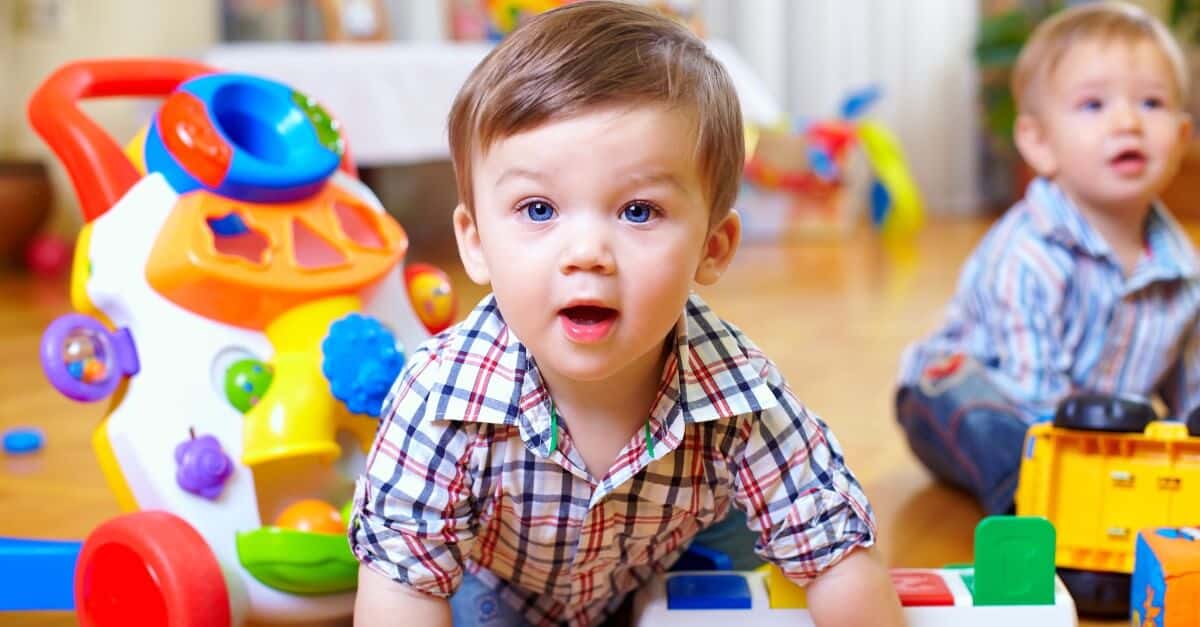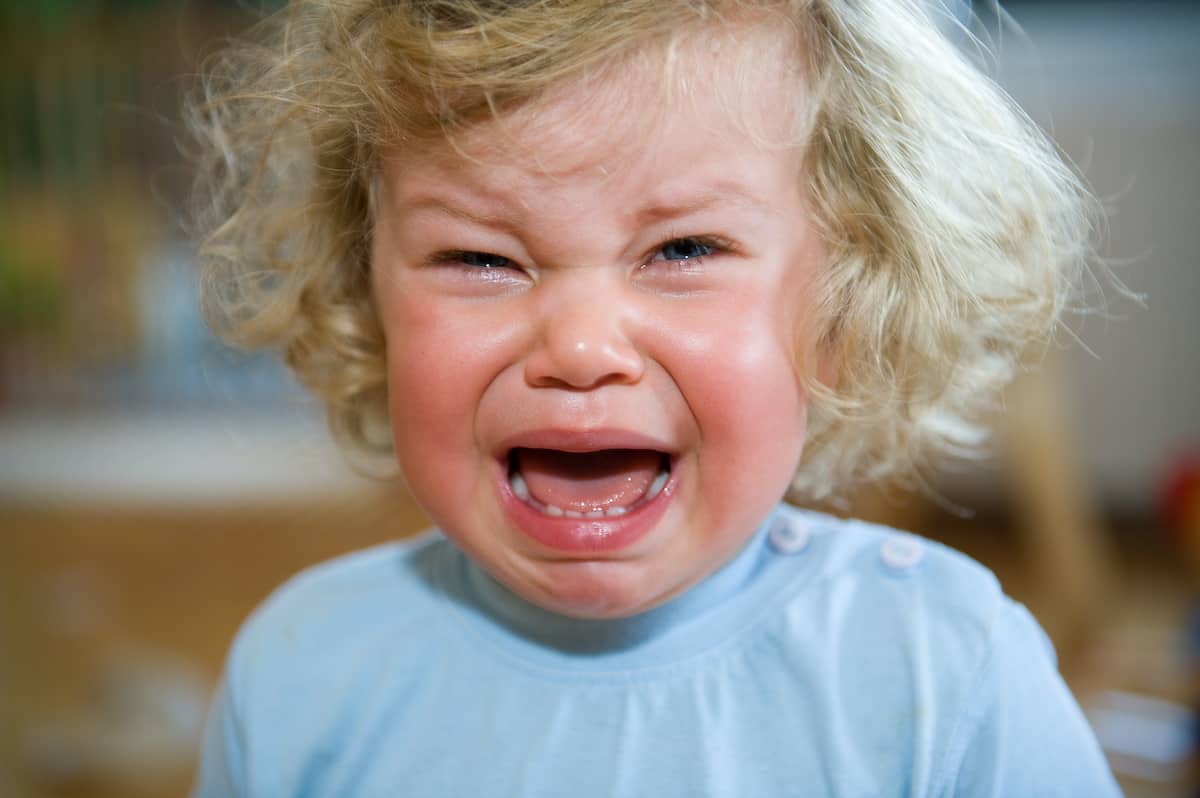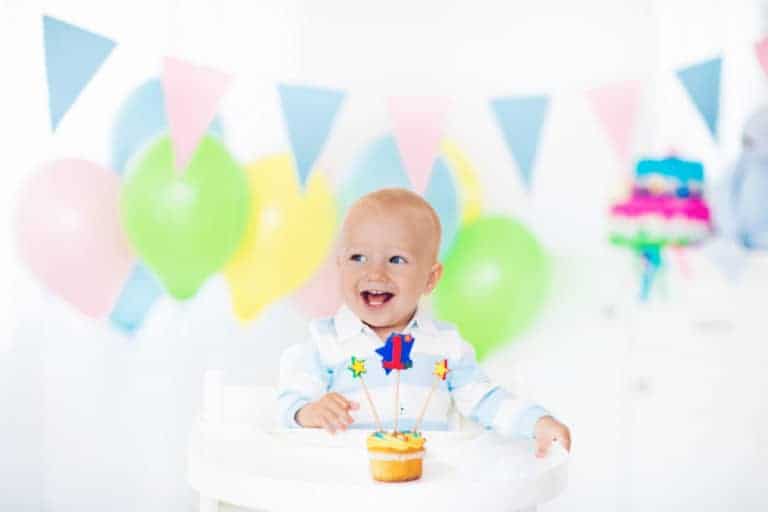The Terrible Twos – Tips to Get You Through Tantrums

Terrible twos or terrific twos? It’s all about perspective! Read on to learn all about this exciting developmental stage, and how you can make it a positive experience for your child and the whole family.
We get it– as adorable and endearing as toddlers can be, there’s a reason we’ve all heard about the “terrible twos.” This time in life can be more difficult for children and parents alike, and you’ll probably have to deal with a few tantrums. Luckily, there are ways you can build a better relationship! Be sure to share your tips for smoothing out the terrible twos with others on your favorite family app.
What Are Signs of the Terrible Twos?
Even though the terrible twos might get a bad rap, this time in life means that your toddler is growing up and becoming better able to communicate. There is a whole range of milestones that may indicate your child is entering this stage in their development. As children learn to walk and talk, they will be dealing with frustration in their lack of ability to communicate.
This frustration, in turn, might result in toddler tantrums that may include hitting, kicking, biting, and even throwing things. If you notice these behaviors in your once mild-mannered child, don’t panic! They’re just a sign that your little one is beginning to assert their independence, but they haven’t quite learned how to do that in a positive way. They may insist on doing things themselves one minute, and then demand that you do them. They may also have mood swings that have them happy one minute and miserable the next. This, too, shall pass.
How Long Do the Terrible Twos Last?
The terrible twos get their name as they generally appear when your child is around the two-year-old mark. However, that doesn’t mean this stage won’t extend beyond the start of their third year. The timeframe will be different for each child and that means that when it ends will be different too. Once children have better-developed motor and language abilities, they will have the skill to express themselves differently. Likewise, some children will breeze through their two-year-old years, whereas others might struggle a bit more. Both scenarios are completely normal.
If the anger, screaming, and temper tantrums don’t abate by their 4th year, you may want to consult a professional. This could be indicative of a behavioral or possible medical issue and may need to be resolved in another way.

How to Handle Terrible Two Tantrums
In the midst of all the chaos, there are a number of ways you can make it a little easier for your kid and yourself. Share your own tips on FamilyApp with other parents!
1. Give Some Gratitude
It’s often easy to think that our kids don’t listen to us, but they do notice when they’re being praised. If your little one is displaying bad behavior, ignore it, or discourage it. If they’re behaving particularly well, make sure you appreciate them, and tell them how proud of them you are.
2. Stick to a Schedule
Terrible twos tantrums often occur when your child is feeling hungry or tired. By sticking to a meal and sleep schedule for them, they’ll know what to expect. You’ll also minimize situations where they’re overtired or hungry, which can be a means to avoid a meltdown.
3. Set Boundaries
It’s very important that your children understand boundaries so that they learn to listen. By establishing what you would like them to do and reinforcing boundaries, they’re less likely to argue. So sticking to a simple routine, with a clear definition of boundaries will help your toddler feel safe and secure.
4. Stay Calm
One of the best pieces of terrible twos advice is to keep your cool. Your kids are like little sponges, and if you’re anxious or yelling, they’ll soak that up. Likewise, if you stay calm and collected, your toddler is more likely to follow suit. It can be hard not to get involved when you’re parenting, but disengaging from the behavior will provide better results. Share your tips for keeping calm on your favorite family app!
With every stage of child development, for the most part, what you say is what you get. So if you’re constantly complaining that you have a little brat– guess what? That’s a self-fulfilling prophecy! If, on the other hand, your toddler is having a bad day, or asserting their independence, it helps you handle the stage with more patience and grace. All things considered, the age of two is a pretty spectacular age where you can discover fun new toys, start potty-training, and making more sense of the world.
So even though you might have difficult times with your two-year-old, by staying calm and sticking to the boundariesyou’ve set for your children, it can be a lot easier! Do you have any tips for taking care of toddlers? Share them with other parents in our comments! This stage may not last for a long time, but some simple tricks can make it go more quickly.





